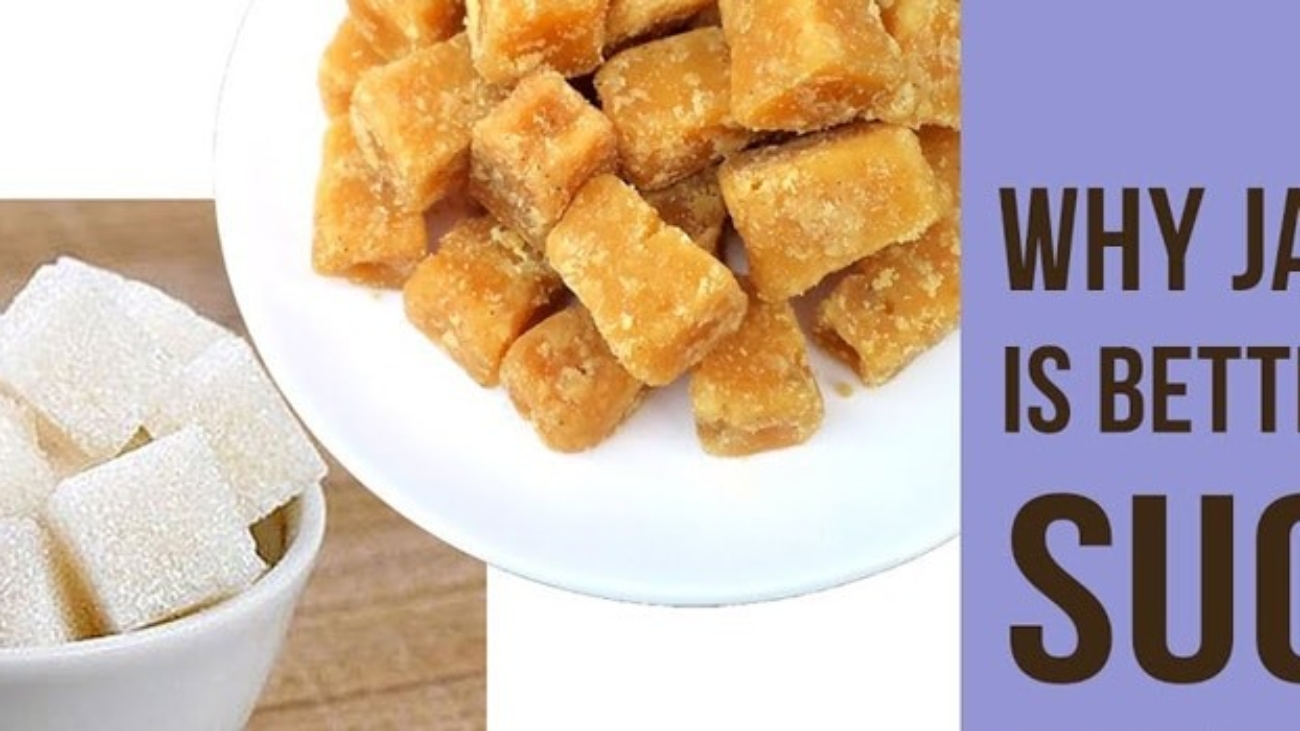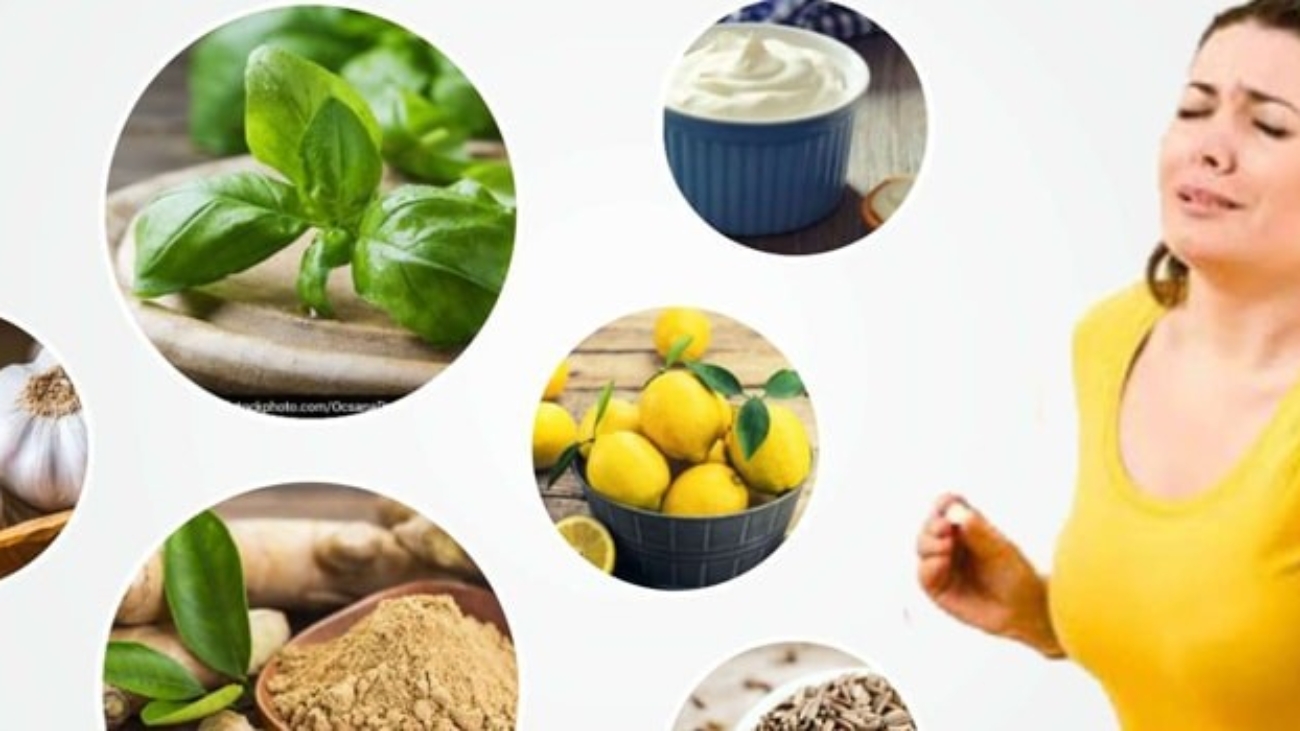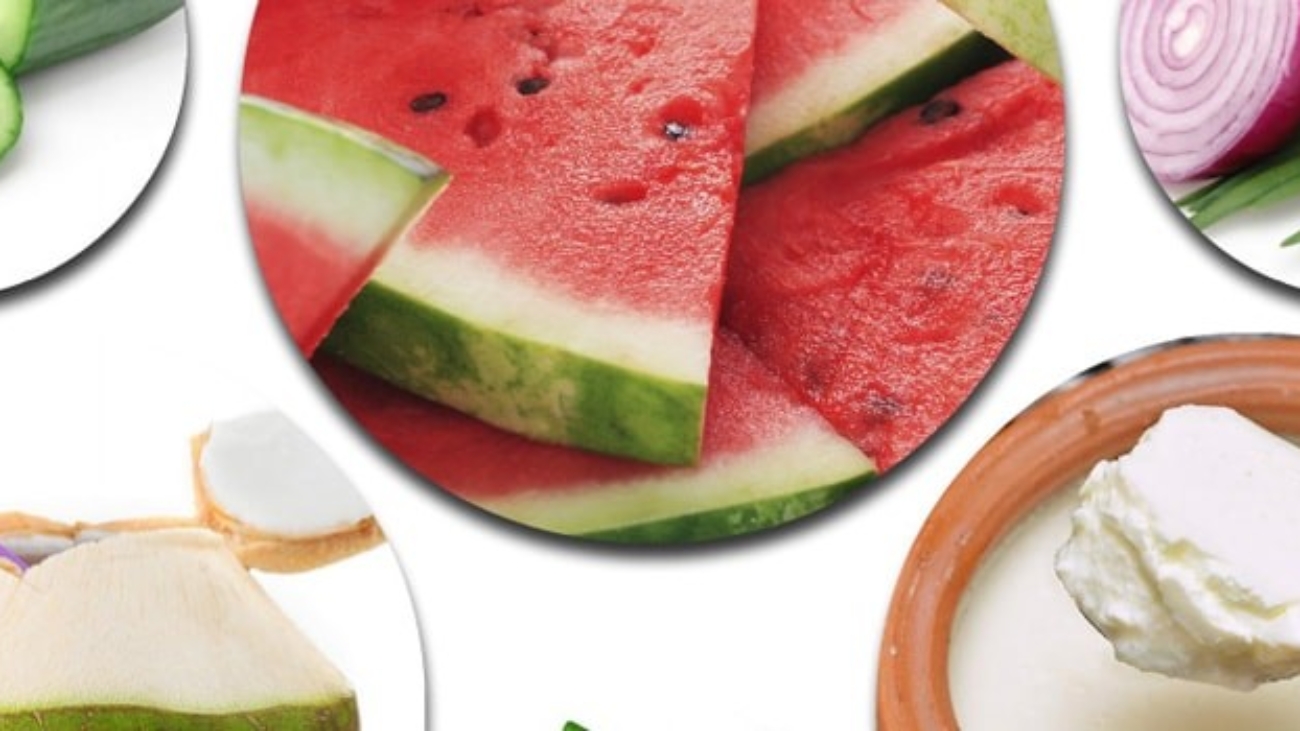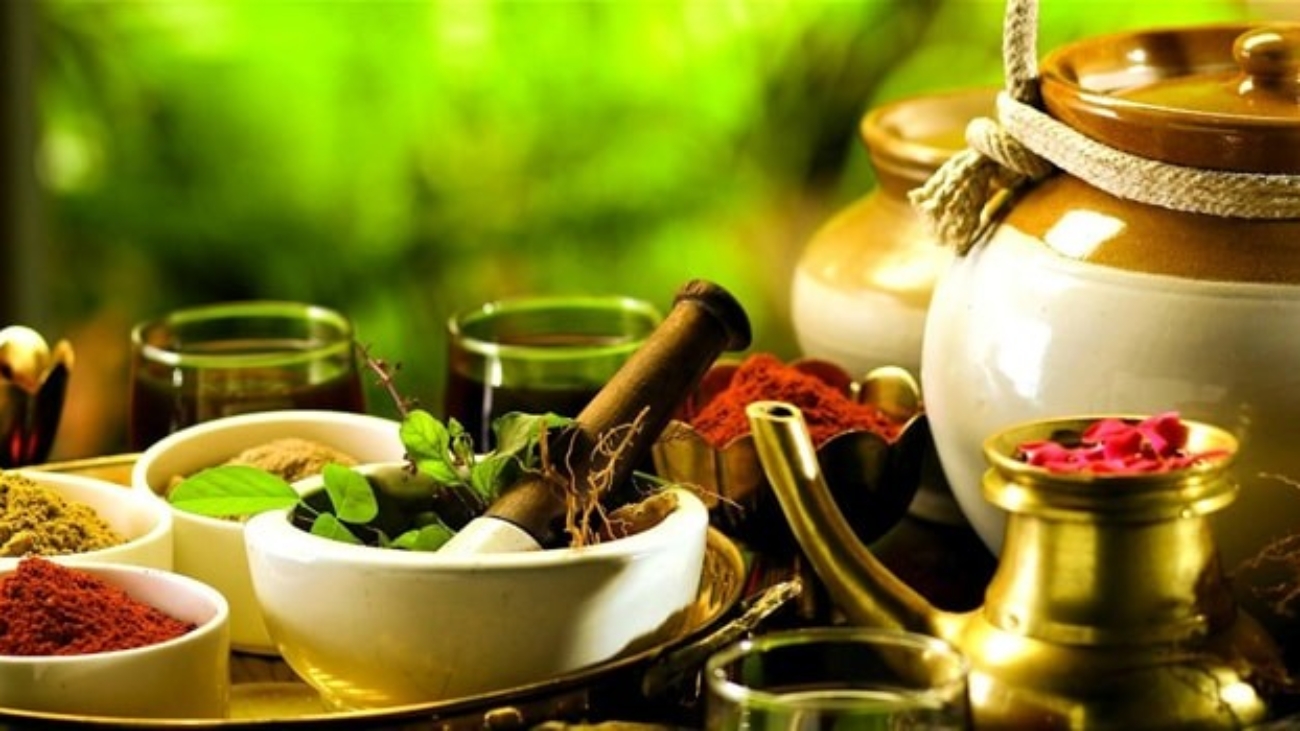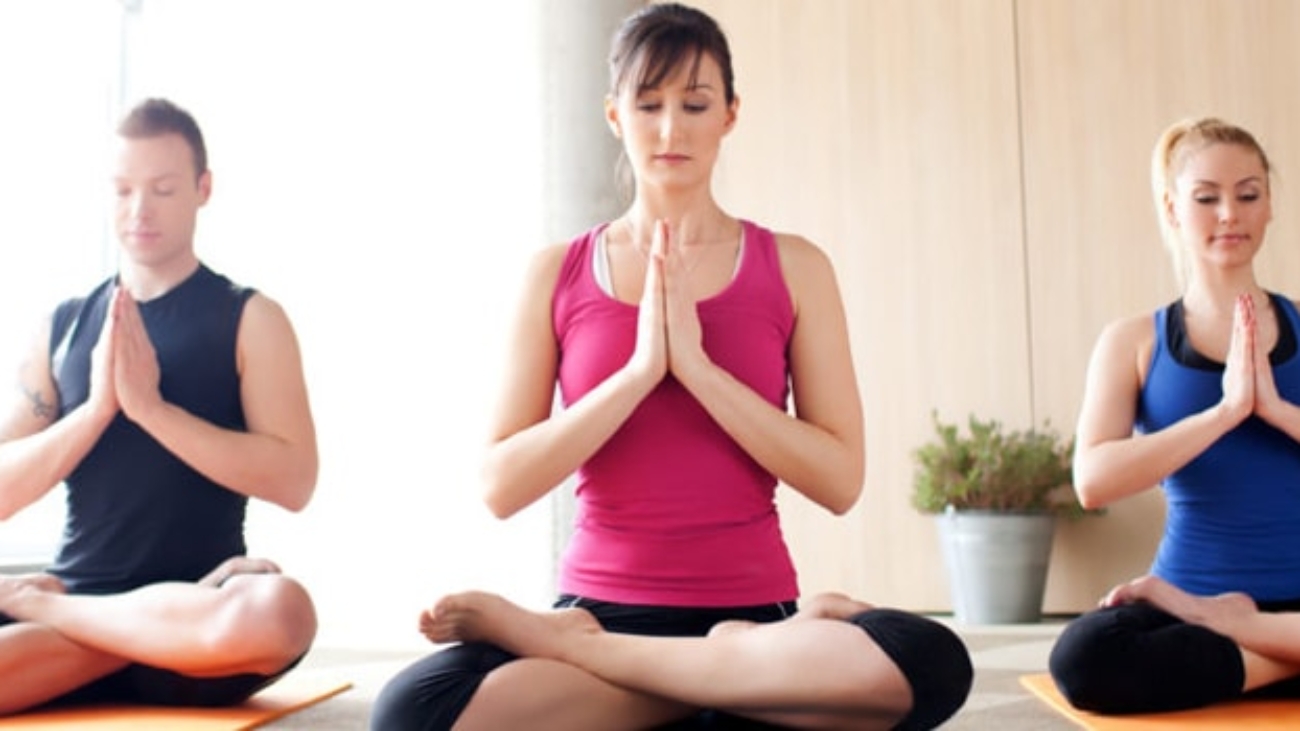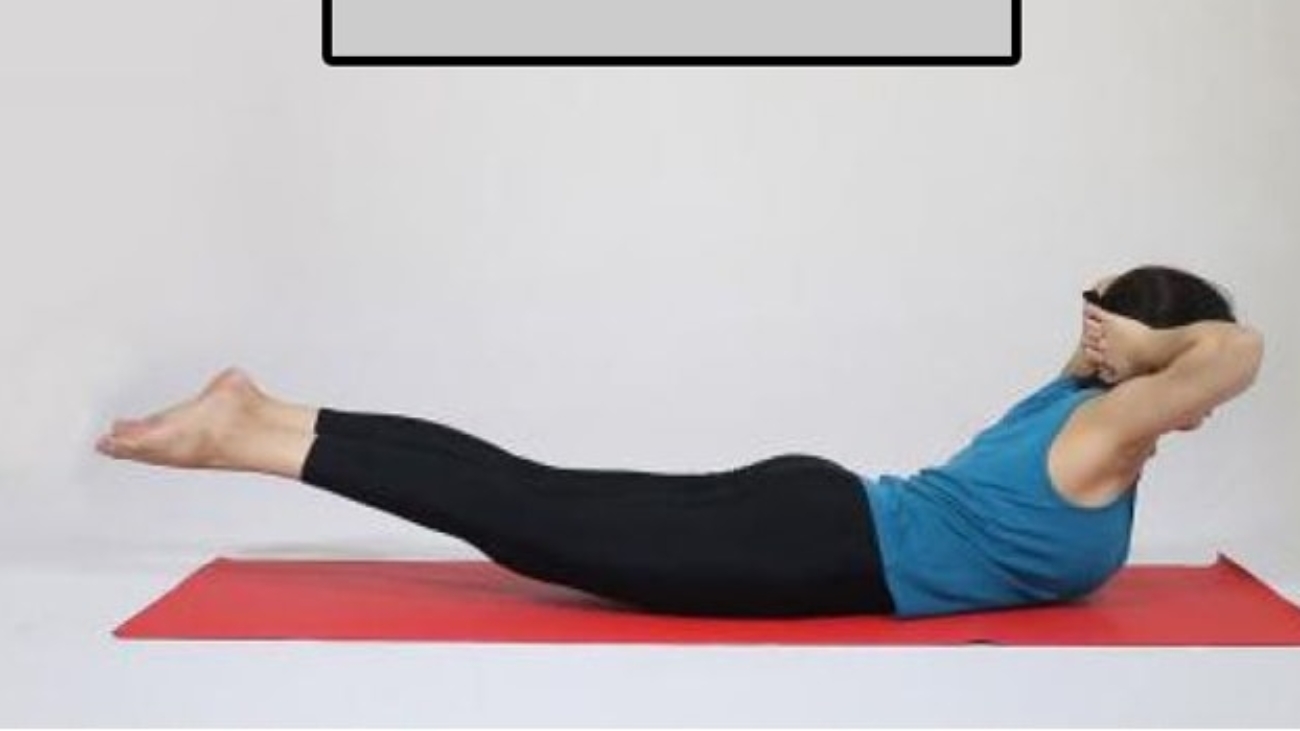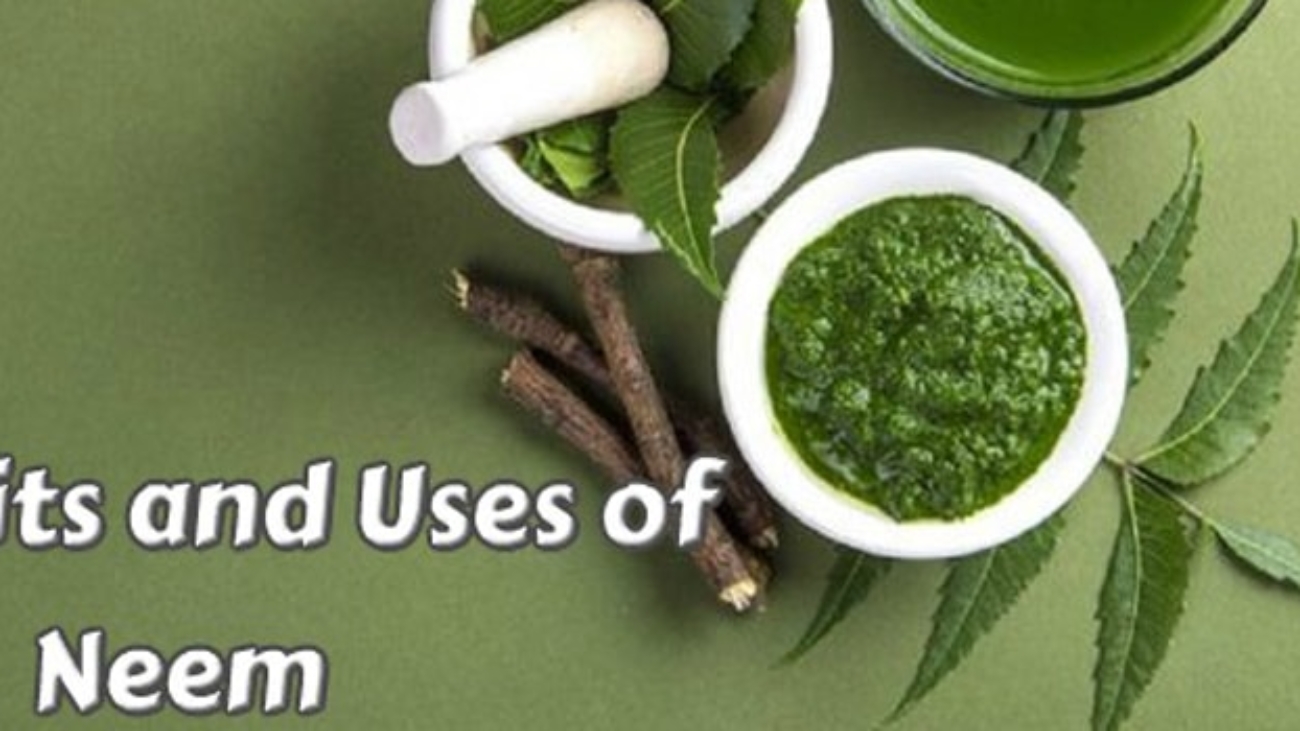Panchakarma is one of the most well-known parts about Ayurveda. It is a five-step, total mind-body rejuvenation experience that comprises of herbal oil massages, steam baths, cleansing enemas, a healing kitchari diet and other purifying practices.
Panchakarma is amazing because it eliminates toxins from the system, rebalances the Doshas, heals countless ailments and renews a sense of clarity and inner-peace.
However, it isn’t like a normal spa holiday with poolside massages and green juices. It is a mind-body experience that will ooze toxins out of all orifices of your body- butt, nose, and ears included.
I remember my first Panchakarma experience in India. I was lying on a wooden massage table as two women rubbed a thick layer of pungent herbalized sesame oil into every square inch of my body – a scent I’ll never forget.
As I lay there in a state of bliss, I suddenly jumped up with a nose-full of oil. I didn’t know at the time but the ladies squirted this oil up my nose as part of Nasya, nasal irrigation. It was definitely unlike any other massage experience I had ever had.
The day continued with ghee- lots of ghee. This clarified butter made its way in almost every facet of the experience, from the cups-fulls you have to drink on an empty stomach every morning to your under-eyes to your enemas. It was like a slippery bath from the outside in.
Not only were the treatments extremely detoxifying but all mental stimulation was also not permitted so we could really be present in the experience. The technology was not allowed and the center I stayed in did not even have electricity in the bamboo huts we stayed in, overlooking the Indian ocean. We were in bed by sunset and up to the sounds of the chickens at sunrise, ready for our oil-filled treatments.
They say Panchakarma is not for the faint of heart and I would have to agree. It tests your mind, body, and spirit to a level you may have never experienced before, purging out the old and stale from your colon, stomach, and mind. However, you walk away from it as a renewed person, open to the possibilities of life.
So What’s a Panchakarma?
Panchakarma is an immersive experience that requires the participant to stay in a Panchakarma facility for 5-21 days for the full treatment. Panchakarma means “five therapies” in Sanskrit. These five therapies are the most detoxifying treatments in Ayurvedic medicine, cleansing all channels of the body and removing toxins that may later cause illness. It basically takes an imbalanced body, lathers it up with oil and brings it back into balance.
The five traditional therapies of Panchakarma are:
- Basti= Herbalized oil enemas
- Nasya= Nasal irrigation
- Vamana= Therapeutic Vomiting
- Virechana= Purgation
- Raktamokshana= Blood Letting
However, practices like therapeutic vomiting and bloodletting are no longer practiced today and have been replaced with more relaxing, mild therapies such as oil-massages and gentle therapies.
Panchakarma is serious #werk, even though you aren’t physically doing anything. In fact, that’s what makes it so difficult. Your body is releasing years and years of stored emotional and physical toxins and even though you are sitting still the entire day, you end up exhausted by the time your day’s treatments are over.
The purpose of panchakarma is sadhana, purification. According to Charaka Samhita, Ayurveda’s oldest text, if a disease is treated with sodhana, it does not recur. Thus Panchakarma is the ultimate way to heal and rebalance the body.
Benefits of Panchakarma include:
- Cleared toxins from the entire system
- Balanced Doshas
- Healed digestive system
- Enhanced immunity
- Decreased stress
- Anti-aging
- Improved skin luster
- Weight-loss (if overweight)
- Deep relaxation
- Meditative outlook in life
- Enhanced mindfulness
Pre-Panchakarma
Before panchakarma, you’re recommended to cleanse the body in a process called oleation, which is basically oiling up the gut from within. You are supposed to eat only kitchari (spiced lentils and rice) or at least simple, vegetarian cooked meals for at least a week beforehand with nightly ghee or castor oil to cleanse the bowels and loosen toxins before beginning the Panchakarma. It’s best to avoid eating meat, excess travel, anger, stress and other imbalancing foods and experiences for at least a month beforehand as well for further cleansing experiences.
A Typical Day In Panchakarma
Each person will have his/her own Panchakarma experience because it is personalized for the individual. The first thing you will do when you get there is meet with the Ayurvedic Doctor who will check your tongue, assess your pulse and have you fill out forms about your digestive patterns, cravings, health goals, medical history, mental characteristics, skin, metabolism, dreams and much more. Basically what I do with you in an Ayurvedic consultation. Then with that information, the Doctor will prescribe you your Panchakarma experience, depending on your specific needs.
A typical day may look like:
- Wake up with the sunrise and practice gentle yoga and meditation
- Drink a cup of spiced tea with cumin, ginger, cardamom, fennel seeds and other spices and herbs for your Dosha
- Begin your first treatment of the day, such as an oil-massage for the back, head or naval
- Spend time in the steam-bath to release toxins
- Eat a detoxifying lunch of kitchari, lentils and rice in healing spices
- Walk around in nature or sit and meditate. No technology or exercise!
- Undergo another treatment, such as an enema
- Consume a light dinner of more kitchari or cooked vegetables and rice
- Read, meditate and head to bed for another healing, oily day
The Panchakarma Diet
- What makes Panchakarma so effective is the diet you follow while on the program. You’re on a strict diet of just kitchari, which is basmati rice and lentils slow-cooked in medicinal spices and herbs.
- You cannot drink coffee, kombucha, green juice or anything besides tea.
- You also cannot eat salads and smoothies because they are too cooling and light for the system, nor meat, bread and sugar because they are too heating and heavy for the system.
- And of course, if you continue eating sandwiches, pizza, and processed foods the Panchakarma therapies will have no effect.
Cleansing begins within and the kitchari diet is a crucial part of the Panchakarma experience.
Your diet must be completely sattvic, pure and evoking positivity, to evoke ojas, wellbeing.
In the process of Panchakarma, you become extremely aware of your own food addictions such as something sweet after a meal, a crunchy snack or piece of chocolate in the afternoon. Everything is soupy, well-cooked and simple. You realize how often you crave something sweet as a break or crunchy as a form of entertainment. Food becomes nourishment, sustenance and medicine, not an emotional release, distraction or addiction. It’s like a horrible break-up where you realized how dependent you really are on the other. However, once you get over it, you become stronger than ever.
Is Panchakarma Right For You?
Anyone can benefit from a detox because the body is constantly creating toxins. Even if we lived in a perfect world with all organic food, clean air and no stress, the body would still produce toxicities. This is why it is important to cleanse regularly.
Seven Signs You Need To Detox:
- Thick layer of coating on the tongue
- Tired throughout the day, especially after meals
- Body aches and pains
- Uncontrollable cravings
- Foggy mind
- Bad smelling breath, odor and flatulence
- Constipation or diarrhea
However, detoxification does not necessarily have to be at a Panchakarma. You can perform many Ayurvedic detoxification therapies to yourself at home, such as abhyanga self-oil massage, nasya nasal irrigation, a cleansing kitchari diet, herbal laxatives, an oil-enema, technology detox, daily yoga and meditation and sleeping/ waking early.

